|
Here is the fourth episode of the Fiber Sprite Podcast! On this show, I'll talk about projects I've been working on and my visit to the Taos Wool Festival.
Knitting:
Designing:
Spinning:
Weaving:
Books: There are as many ways to spin a gorgeous yarn as there are people who spin. Sometimes, getting a consistent yarn is really important - especially if we're spinning lots of yarn for a big project. There are lots of ways to make sure you're spinning a consistent yarn. One of my favorite ways is to use the Spinner's Multitool. It helps me prepare fiber, and then check my yarn as I'm spinning to make sure I'm getting the yarn I want. The Spinner's Multitool functions as a diz, WPI (wraps per inch) tool, and twist angle. The Ultimate Multitool also has a small 2" ruler that can help you determine twists per inch. These are all factors that can help you spin a consistent yarn. They're also helpful if you're trying to replicate another yarn in your stash. In this post, I'll walk you through all the ways you can use the Spinner's Multitool. In this video, I'm using the Ultimate Multitool. but if you're into something a little different, we also have a Sheep Shaped Spinner's Multitool, an Alpaca, a Bunny, and the Original. If you still have questions after watching the video, I've added some more information and closeup images to help. Using the Spinner's Multitool as a Diz Each Spinner's Multitool has several different holes. These are designed so you can diz fiber from a drumcarder, hand cards, a blending board, or hand combs. In this video, I share how to diz fiber from hand combs. Remember, the bigger the hole you use, the thicker your top will be (or roving, if using a carded prep). But you might be surprised - even though those holes seem pretty small, a lot of fiber fits through them! Dizzing fiber is a great way to prepare fiber for spinning. I find that hand-dizzed fiber is a real pleasure to spin. It is light and fluffy and fun to work with! Learning to diz fiber can take some practice. The key is to not try to get too much fiber through the diz at one time, or else you'll get stuck and frustrated. When this happens, back off a little bit, draft the fiber gently, and then keep going. And remember to be patient with yourself! The results are well worth it. Checking the WPI (Wraps Per Inch) To check the WPI, or wraps per inch, simply lay the yarn along the grooves, and move it around until you find a good match. Here, I've determined that the yarn is about 18 wraps per inch. Remember to not pull tightly, as this can distort your reading. Checking Your Twist Angle In the first image, you will see some unspun fiber. It literally has no twist! So I've laid it parallel to the "zero" angle. Here you can see a yarn that is Z twist, at a 30 degree angle. I've added a red dash to show how the angle of the twist lines up with the 30 degree angle. Checking TPI (Twists Per Inch) TPI, or twists per inch, is a term used by the textile industry, but not as often by handspinners. Sometimes spinners might also talk about "bumps per inch." It refers to how tightly a yarn is spun or plied. This impacts durability, drape, and how your yarn behaves overall. To calculate TPI, count the number of visible "bumps" in an inch of your yarn, then divide by the number of plies. The Ultimate Multitool has 2 inches to measure over, so if you use that full area, you will need to divide by two again to get your average. In the sample above, I marked above a bump with a red curve. I counted 10 bumps across 2 inches. I'll divide that by 2 to get 5, then divide by 2 again for the number of plies, to come up with 2.5 bumps per inch. It's easiest to see TPI in plied yarn, so that's what I've shared here. Jill Wolcott has an excellent tutorial with a deep dive on TPI. Helpful Hints Here are some key things to remember when you're using your Spinner's Multitool:
Here are the results of the drum carding color blending experiment! From left to right:
All the fiber is Bluefaced Leicester, spun with a short forward draw. I was going for a little bit thicker than my "default" yarn, but I didn't try too hard to make sure that all the weights were the same, so there is definitely a little bit of variation in thicknesses and ply twist. One thing that I wasn't expecting is that because the first three didn't get put on the drum carder at all, they retained the alignment of industrial combed top, and therefore have more luster, while the ones that went through the drum carder look fluffier. It's a perfect example of the qualities that divide worsted and woolen yarns. Since I typically use 2-ply yarns, that's what I spun for, which technically adds another layer of color blending. Here are the singles on the bobbins for reference: 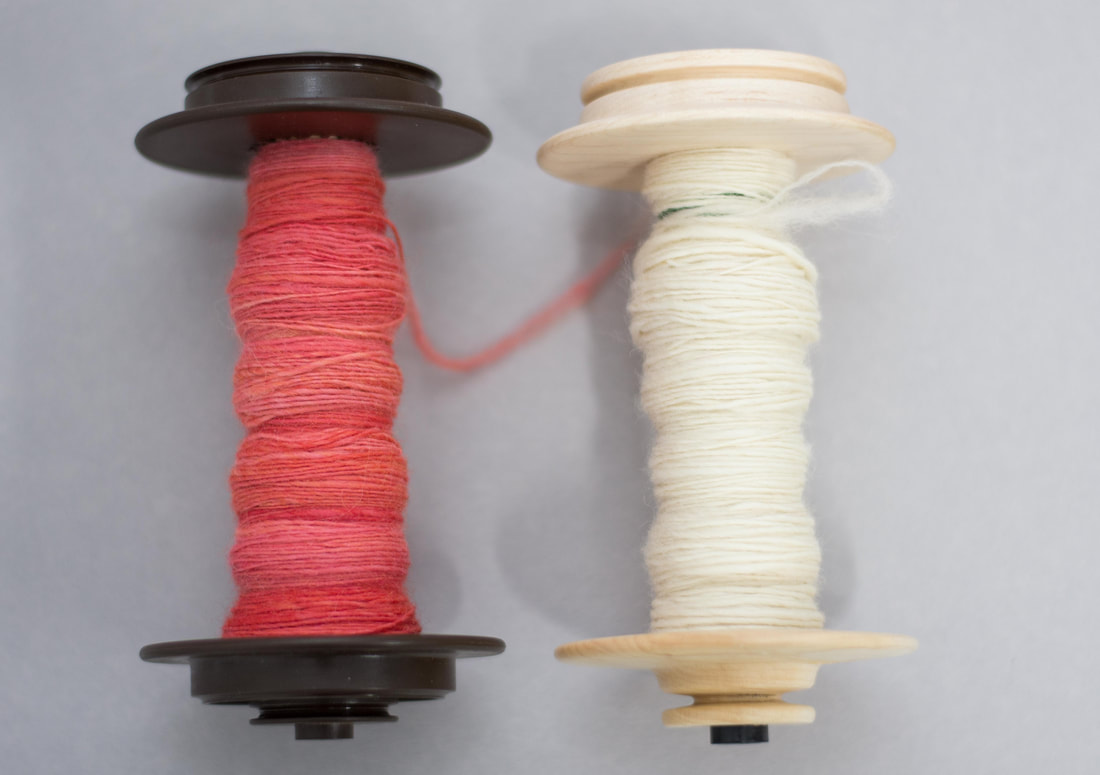 I do want to emphasize that none of these yarns is "right" or "wrong." It's all about what you want out of your yarn. I can think of times where I want lots of barberpoling and variegation, and other times when I would want a more even look. There is still a bit of variegation visible with the last yarn (three passes on the drum carder). It's a pleasant heathery look that I tend to love, but if I wanted complete blending, I might send the fiber through the drum carder for a fourth pass.
Now on to the last step - knitting and weaving with the yarn to see how that affects the color blending! When it comes to yarn dyeing, there are lots of different techniques. One is "glazing," and it has nothing to do with doughnuts! Glazing is a technique where a dyer applies dye in very thin layers, so that the original color of the yarn is still visible underneath the glaze. It's a lot like the technique of glazing in watercolor painting, where a transparent wash of color is added on top of another color to create more complex fields of colors. There are several different ways to glaze yarn in dyeing, but they all boil down to using small amounts of dye, and making sure the dye strikes on the yarn very quickly. One way to do this is to pre-mordant the yarn, or to make sure there is plenty of acid in the dyebath before adding the dye. Some dyers use dry yarn or yarn that is only slightly damp. This is another way to make sure the dye stays on the outside of the yarn - since it will take some time for the moisture to penetrate to the core of the yarn, the outside of the yarn will be the first to get wet, and therefore the first to absorb the dye. One of the biggest challenges in glazing yarn is predicting what color your yarn will be when it comes out of the dyepot. There's definitely plenty of magic happening there, but a little understanding of color theory can go a long way in deciding what color of glaze you should use. There are plenty of in-depth books and tutorials about color theory, but there's no need to get bogged down in all of that if you don't want to. What you need to know is this:
Knowing what color(s) you're starting with, and what color you're adding in your glaze will help you predict the outcome. But, naturally, I had to take it one step further. Sometimes it's helpful to see a prediction of what the glazed yarn might look like to help avoid disappointment. Here are six samples of predictions of what a recent handspun yarn might look like if I glazed it with blue, purple, pink, orange, turquoise, and black: To create these predictions, I used PowerPoint, though you could use any photo-editing tool that lets you make transparencies. I opened up a picture of my yarn, then drew a rectangle shape over part of the photo. I made sure the shape was selected, then edited it under "format shape." The "fill" section lets you choose the color and the transparency of that color. I usually set the transparency levels to about 50%, and then play around with all the colors I'm thinking of using.
This isn't a perfect prediction - after all, the colors that show up on my monitor aren't going to be the same colors as my dyes, and it would be difficult to get the exact concentration right - but it does give me a good idea of what the glazes will look like, and helps me make more informed choices when I decide to overdye yarn. In this instance, I decided to overdye a leftover skein a blue-purple color. I intend to make a hat and maybe some mitts, and want them to coordinate with my Weekender sweater, but not be too matchy-matchy. Here's the overdyed skein: Have you ever put something in the washing machine that wasn't supposed to go there? My list stretches back decades, and every incident was life-altering in its own way. There was a pair of Mom's dry-clean-only linen shorts that turned an entire load of laundry hot pink and led to everyone in the house doing their own darned laundry from that point on. There were too many tubes of lip balm to count, especially in high school. There was a cell phone and an iPod (you'd think I'd learn). And then there was this sweater. Waaaaay back in 2016, I finished this sweater - made from some of my early handspun yarn. The sweater is far from perfect, but it's warm, it's mine, and it has POCKETS. Plus, it's a shade of beige that goes with just about everything in my closet, making it an essential piece throughout fall and winter. Unfortunately, just before the turn of 2019, my husband put it in the washing machine (by accident). I've talked about this fiasco a bit in my newsletter and on Instagram. The point is that it shrank some, mostly lengthwise, making it look silly when I wore it. It was felted, but was it felted beyond saving? What is wool felt? Felt, quite simply, is a non-woven fabric that is made of matted fibers. It can be made of just about any material. Wool felts because it has microscopic scales on the surface of each fiber. When the fibers are subjected to a mixture of moisture, heat, and agitation, the scales lock together like Velcro. Unless the wool has been through a superwashing process that removes or smooths down the scales, wool will always be at risk for shrinkage due to felting. As heat, moisture, and agitation are applied to wool those scales lock together and the fabric can shrink. A number of factors combine to determine how much the wool can shrink, including:
Usually, when working with non-woven wool felt, the felting process has been carried out to the maximum extent possible in order to create a strong and durable fabric. This process cannot be reversed once it's carried out to the full extent. Felting can also occur when spinners dye fiber prior to spinning it into yarn. Usually this happens because there's extra heat and agitation in the dye process (especially if the water boils!). For most fibers in this situation, the wool is only slightly felted, and it may be possible to mitigate the effects of felting. What is Fulling? When wool has been made into a woven, knitted, or crocheted fabric, the process is called fulling. The same things are happening with the scales of the wool, but because we're dealing with something that's already fabric instead of loose fiber, it technically gets a different name.* As heat, moisture, and agitation are applied to wool fabric those scales lock together and the fabric will start to shrink. As with wool felt, sheep breed and how much heat, moisture, and agitation are applied will determine how much the fabric shrinks. With fabric, though, another factor comes into play - how tightly the fabric was knitted, crocheted, or woven. A loose and open fabric has more room for the fibers to move around, meaning more agitation is possible, and therefore more shrinkage is possible. A tight, dense fabric, on the other hand, doesn't have much space for the individual fibers to move, making shrinkage less likely (but still possible). Generally, wool that has been felted or fulled can shrink by as much as 30%, which is a lot. There are plenty of patterns on Ravelry where you'd intentionally full your knitting - think bags and slippers. But most of the time, fulling is something we want to avoid. And when it does happen, it can feel a little disastrous. (Like my cozy sweater that accidentally became a crop-top.) So, Can You Un-Shrink It? Depending on how much the wool shrank during the felting or fulling process, it may be possible to pull the fibers apart from each other. If the fibers are only a little bit felted or fulled, the more likely this will be an option. However, if it's felted/fulled "all the way" or even a good percentage, you're never going to get your wool back into its original state. When pulling fulled fibers apart, it's best to be gentle - those scales have locked together, and using lots of force can result in fiber or yarn breakage. For my handspun sweater, it was only slightly fulled. In the first image, before fulling, you can see very crisp stitch definition. In the second image, after fulling, you can see that it's definitely fuzzier (partly because of a couple of years of wear, and partly because of the fulling). But you can still see the stitches fairly well - it hasn't completely morphed into a beige blob! Following some suggestions of helpful instagrammers and the internet, I soaked the sweater in a bath of warm water and about 1/3 of a bottle of Unicorn Fibre Rinse. Some people use hair conditioner, but I had the Fibre Rinse on hand and wanted to see how it would perform in this situation. I rolled my damp sweater in a towel, the laid it out on a blocking mat, gently stretching the body out to try to give it some extra length. Then came the hard part - walking away to let it dry for a couple of days. In the end, my sweater wasn't quite as long as I'd want it to be, but it's no longer a "crop top cardi" and it's wearable again. This process works to some extent because wool fibers are more elastic when they are wet. I'm not sure how much the Fibre Rinse helped, but since it's formulated for use on wool, it certainly didn't hurt. And, since it also acts as a fiber softener, my sweater is a little bit softer for the experience! Note that this fix will only work if the fiber isn't felted/fulled all the way, and even though it's possible to stretch the fabric back out, your garment will probably never be exactly as it was when it was new. As for my husband? All is forgiven, but not forgotten. ;) Ravelry project page here.
*You'll often see this process referred to as felting anyways...I'm guilty of it too! |
Archives
January 2024
Categories
All
This website uses marketing and tracking technologies. Opting out of this will opt you out of all cookies, except for those needed to run the website. Note that some products may not work as well without tracking cookies. Opt Out of Cookies |
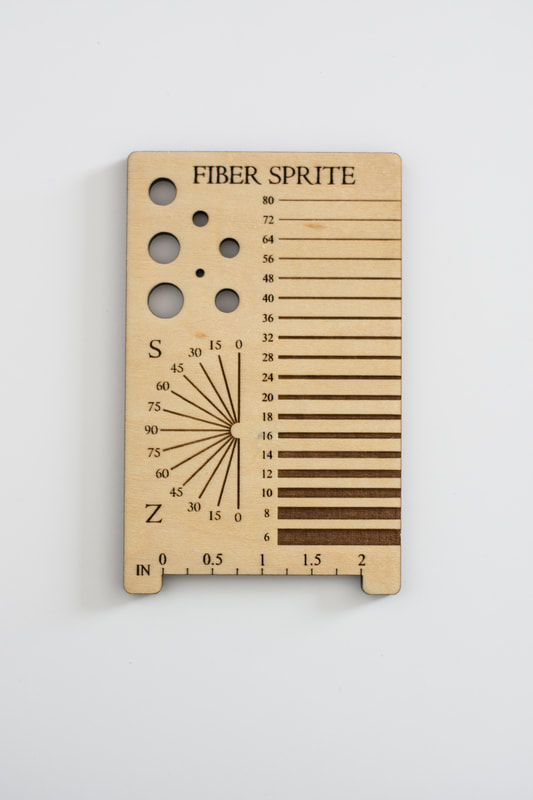
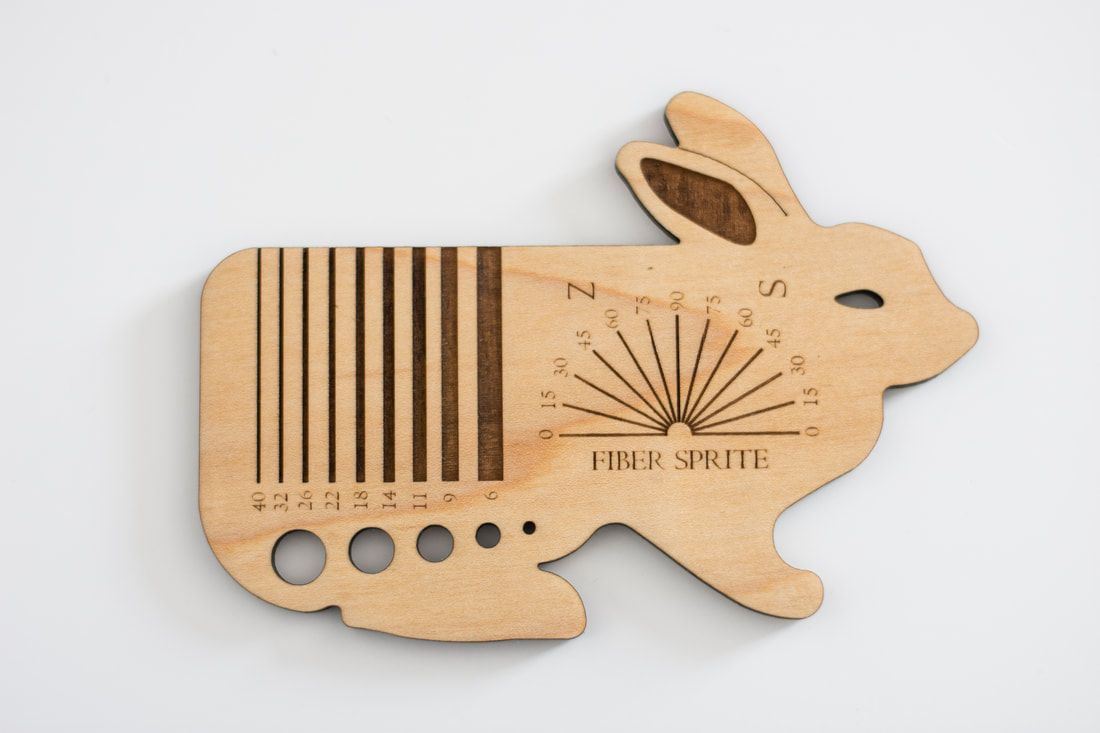
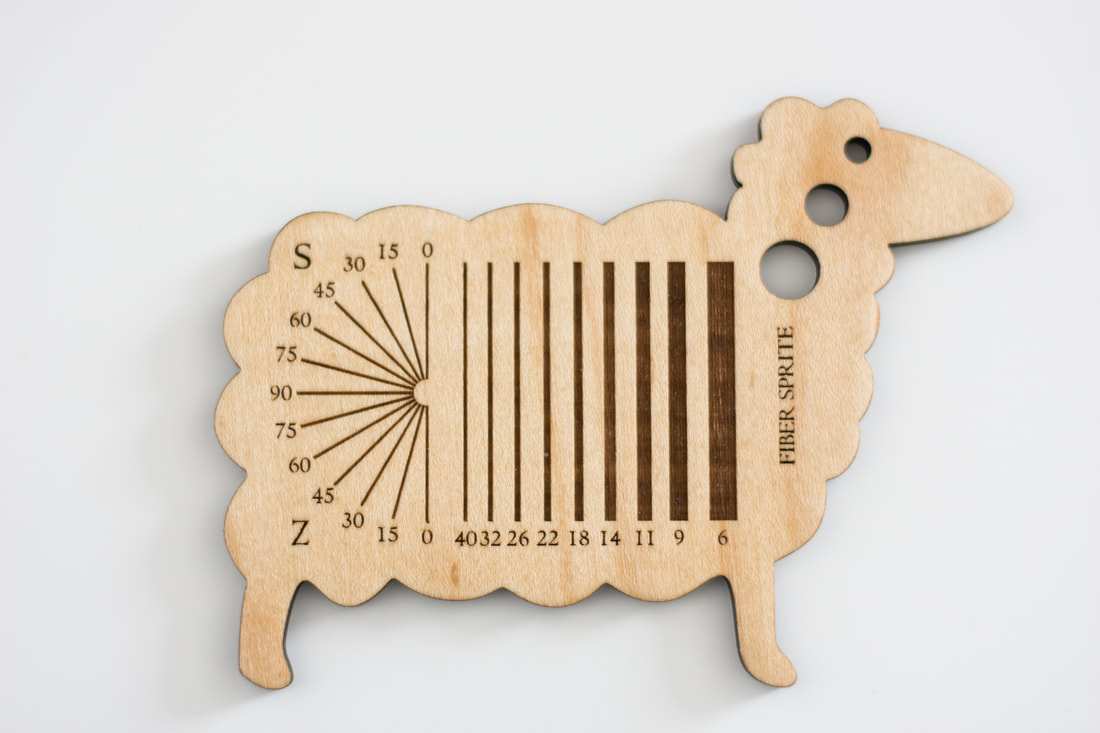
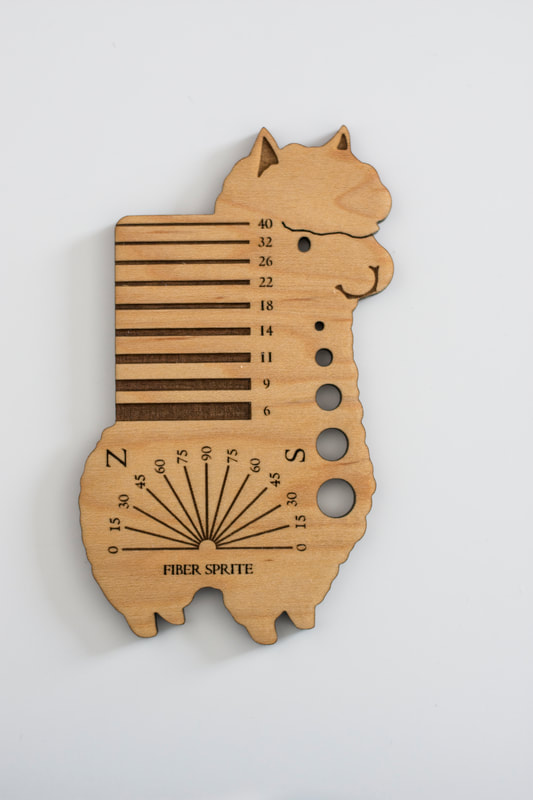
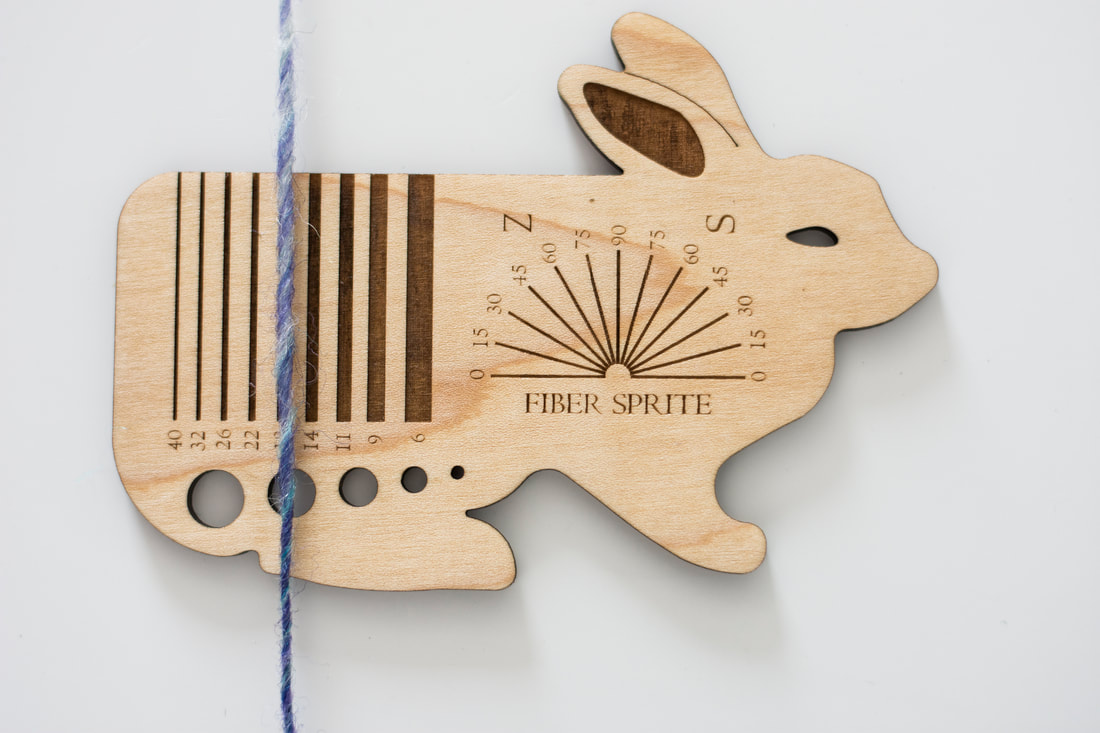
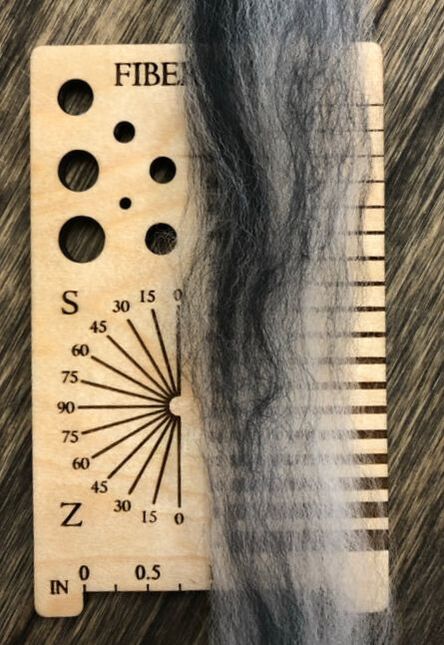
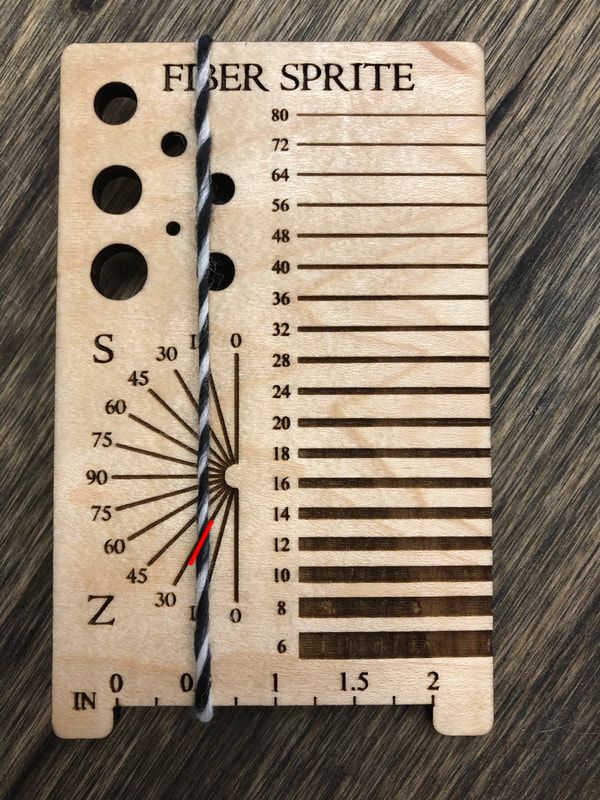
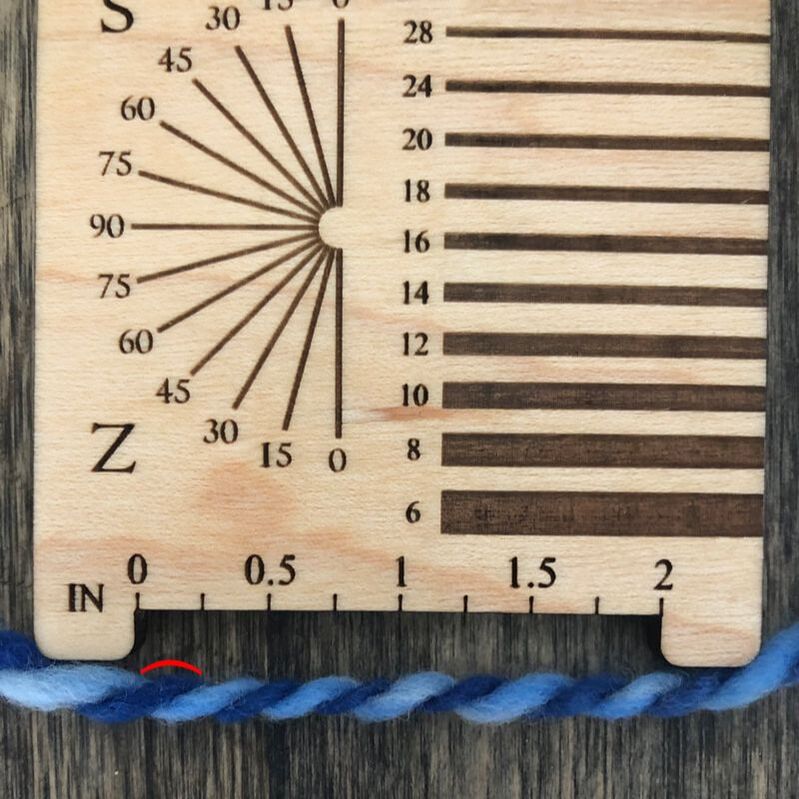

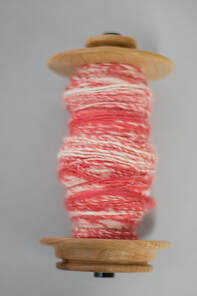
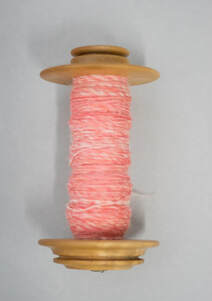
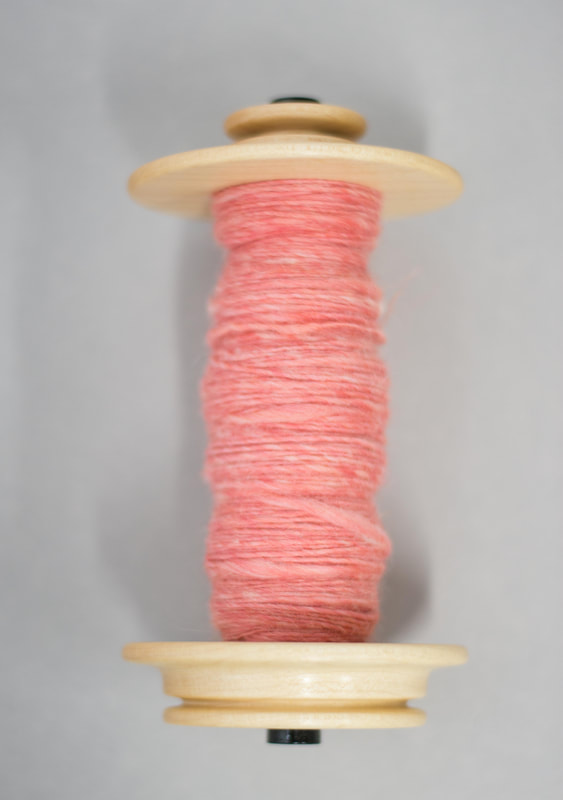
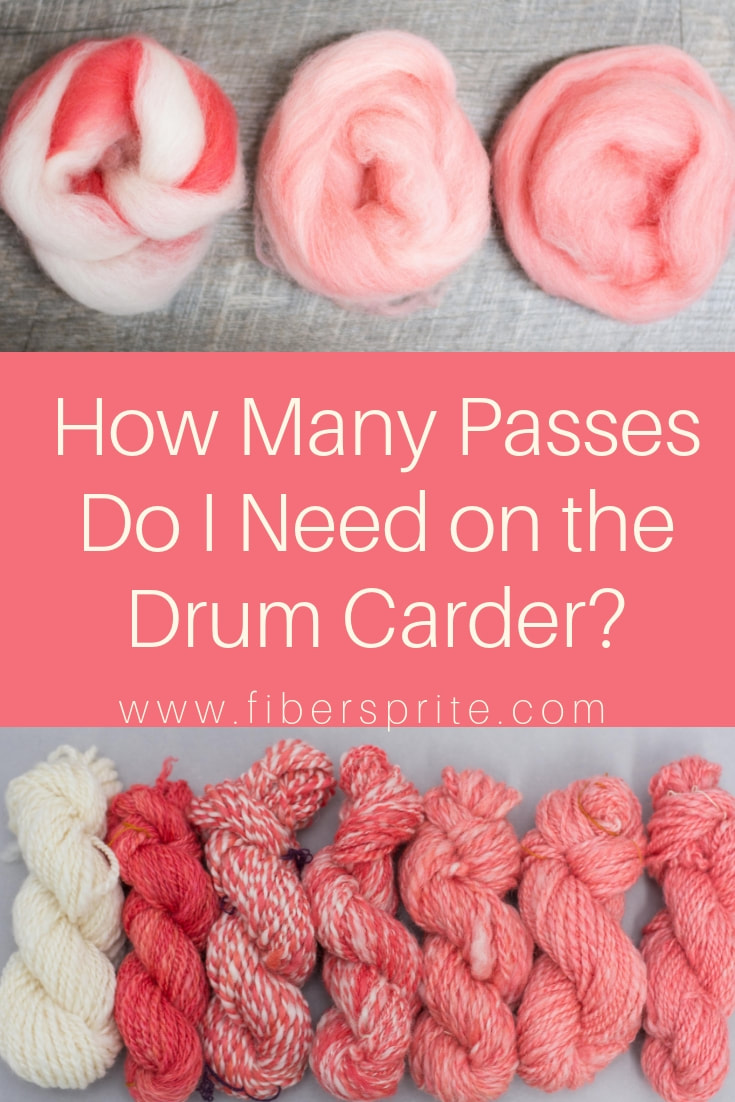



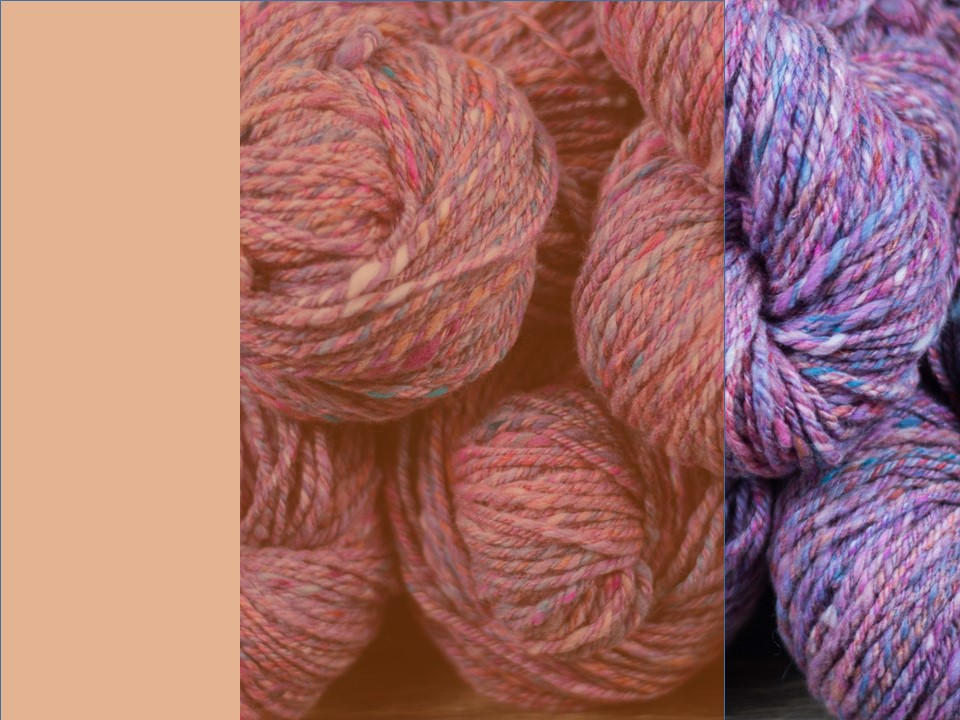
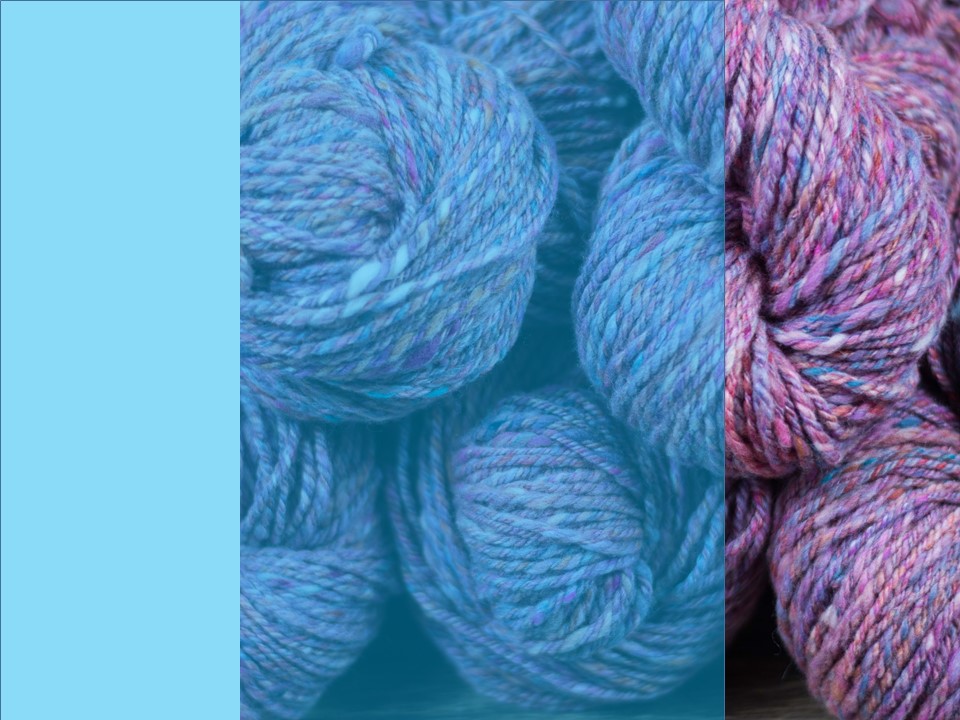
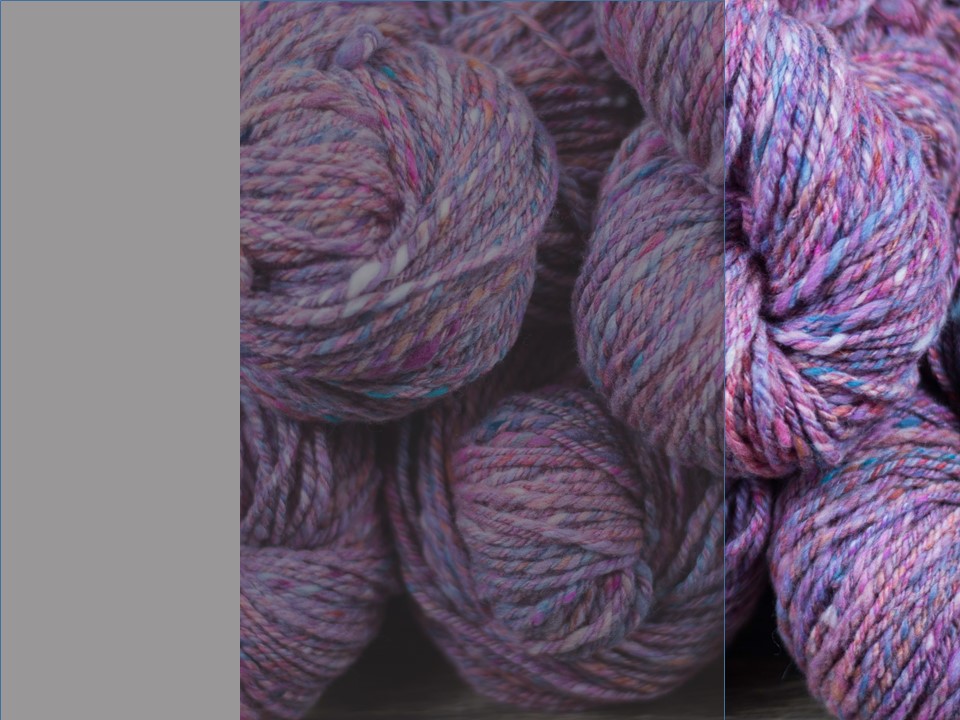
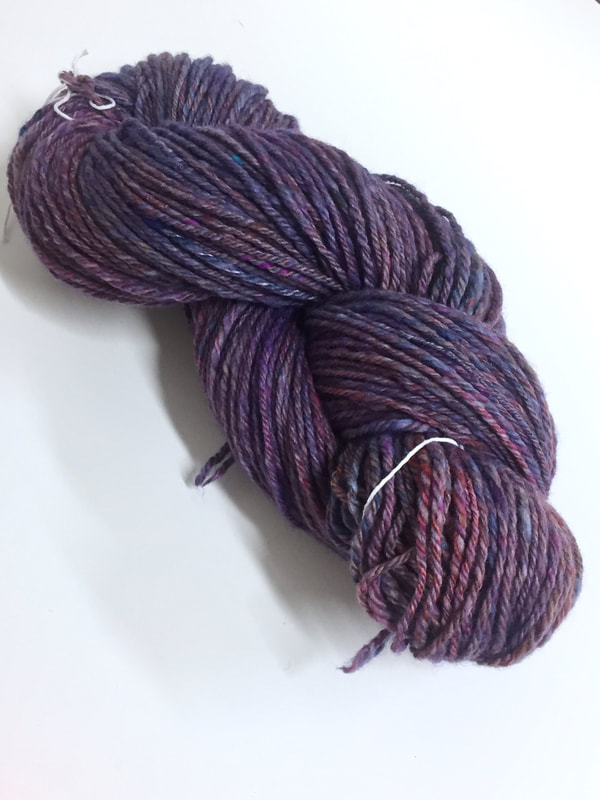

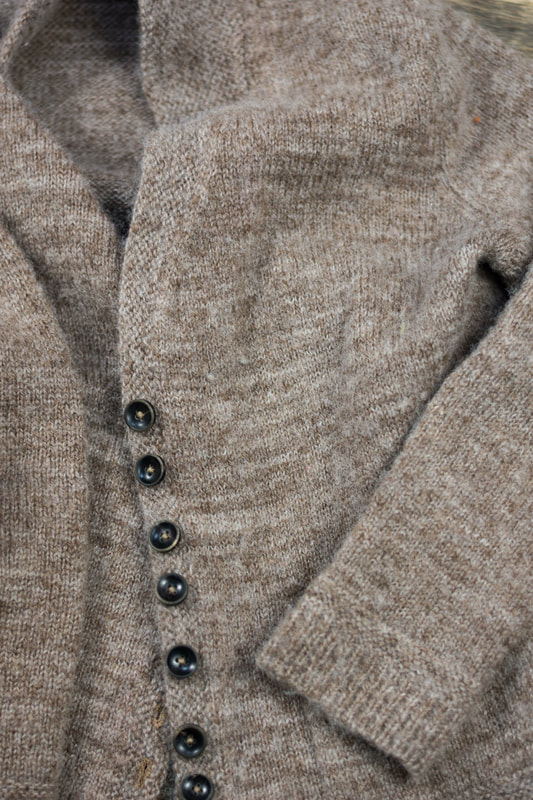

 RSS Feed
RSS Feed